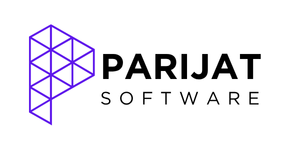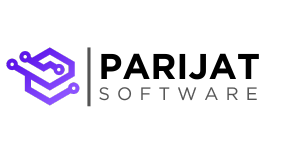The Future of Software Development
In the ever-evolving world of software development, staying ahead of the curve requires more than just learning the latest programming language or framework. It demands an understanding of the broader trends and technologies that are shaping the industry’s horizon. Let’s delve into the future of software development by examining some key trends and groundbreaking technologies.
1. Artificial Intelligence (AI) and Machine Learning (ML)
AI and ML are no longer just buzzwords but are finding applications in various sectors. From predictive analytics to natural language processing and even to advanced robotics, the impact of AI is ubiquitous. Developers now have access to a plethora of AI-powered tools and libraries that can help create smarter applications.
Real-world application: Chatbots for customer service, predictive algorithms for sales forecasts, and deep learning models for image recognition.
2. Blockchain
Originally known for powering cryptocurrencies like Bitcoin, blockchain’s potential extends much further. Its decentralized and tamper-proof nature makes it ideal for secure data storage, smart contracts, and traceable supply chains.
Real-world application: Secure voting systems, transparent supply chains, and decentralized finance platforms.
3. Quantum Computing
While still in its nascent stages, quantum computing promises to revolutionize problem-solving capabilities. It’s potential to process complex calculations exponentially faster than classical computers could have profound implications for fields like cryptography, medicine, and logistics.
Real-world application: Breaking encryption, complex simulations, and optimizing large-scale logistical challenges.
4. Augmented Reality (AR) and Virtual Reality (VR)
With hardware becoming more accessible, AR and VR are set to redefine user experience. From gaming and entertainment to education and healthcare, immersive environments offer endless possibilities.
Real-world application: Virtual property tours, interactive learning environments, and AR-powered surgical procedures.
5. Edge Computing
With the proliferation of IoT devices, sending data back and forth from a centralized data center can cause delays. Edge computing, which processes data closer to its source (like a local computer or IoT device), can drastically reduce latency.
Real-world application: Industrial IoT sensors, smart city solutions, and real-time analytics in autonomous vehicles.
6. Serverless Architectures
Serverless computing is not about eliminating servers, but about removing server management. This approach allows developers to focus on the application logic rather than infrastructure concerns, resulting in faster deployments and reduced costs.
Real-world application: Event-driven applications, real-time data processing, and lightweight microservices.
Conclusion
The future of software development is exciting and challenging in equal measure. Developers and agencies must constantly upskill and adapt to harness the potential of these emerging technologies. By embracing change and fostering a culture of continuous learning, we can drive innovation and craft solutions that make a lasting impact.








